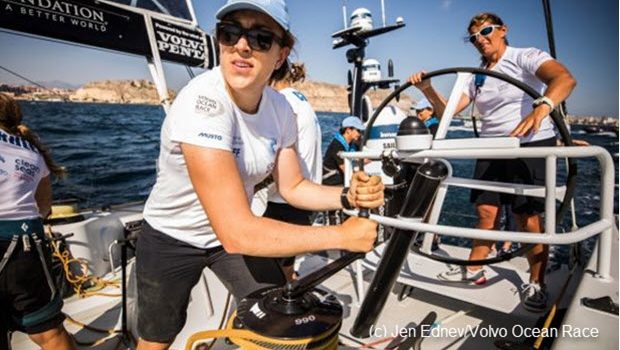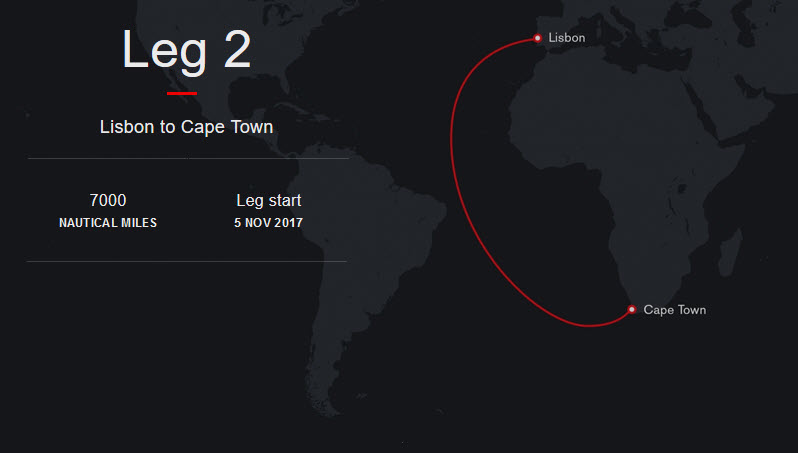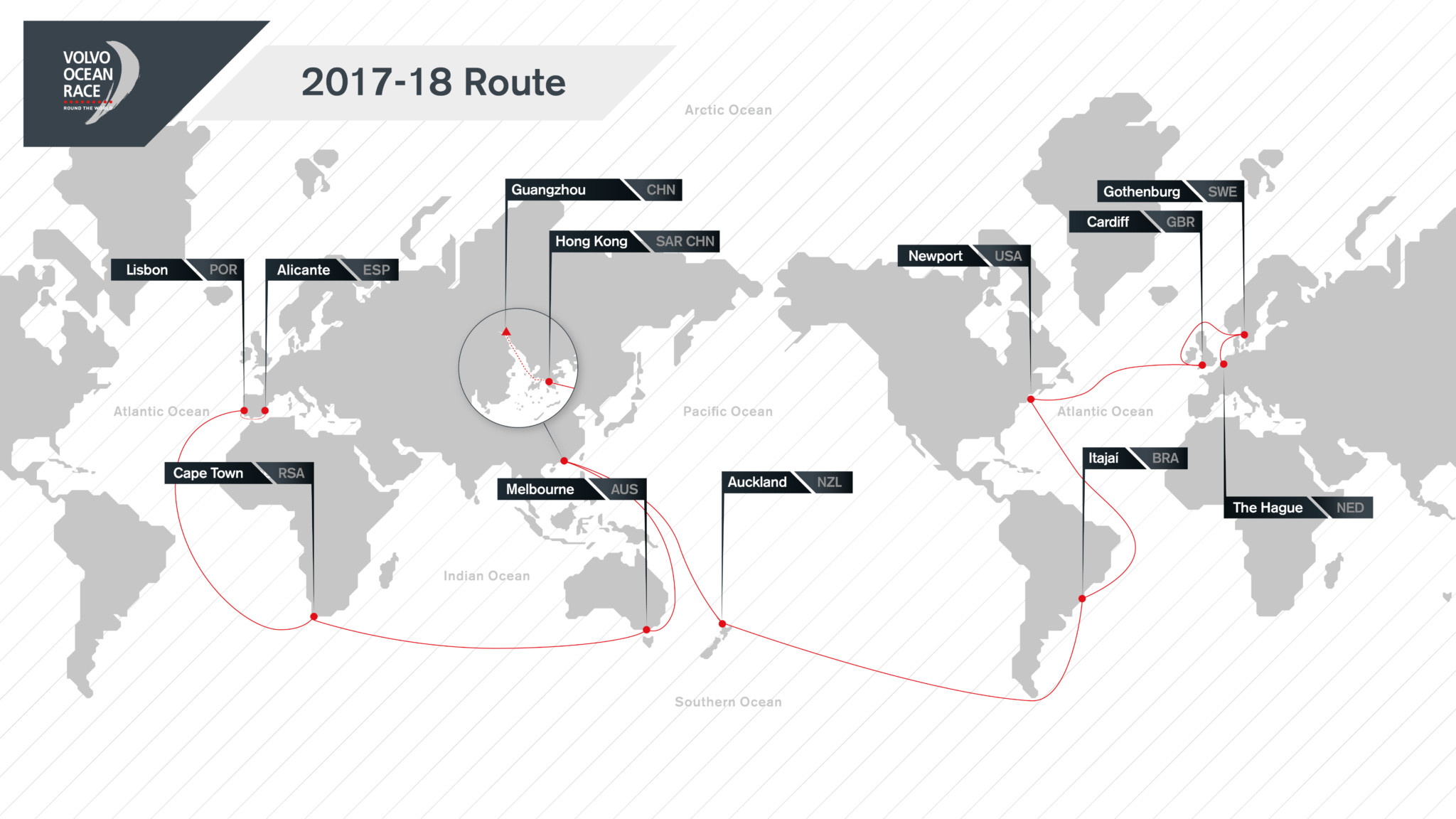Relentlessness of the Volvo Ocean Race
Published on November 1st, 2017
Ireland’s Annalise Murphy is among the Olympic medalists from the Rio 2016 Games competing in the 2017-18 Volvo Ocean Race. Here she reports for The Irish Times after the opening leg from Spain to Portugal.
Getting this first leg out of the way has helped banish any doubts I had about making the decision to suspend my Laser Radial Olympic campaign for Tokyo 2020 and undertake an ocean race.
The two events couldn’t be more different even though both are all about sailing. At least with Olympic sailing you get to go home in the evening, have a shower and eat real food. This race is very different, and the intensity is unrelenting.
I’m still quite nervous about the next leg which will be 7000 nautical miles starting on Sunday racing from Lisbon to Cape Town. We’re expecting it to be 22 days but we’ve packed food for 23 so the ETA better be accurate!
So far each time I’ve gone to sea I’ve doubled my existing ocean mileage. Before making the decision I sailed a 600-mile passage with the team, which was 600 miles longer than anything I had done previously offshore. Two more trips plus this last leg of the race has brought my sea-time up to about 3,000 nautical miles, so leg two should see it close to 10,000 nautical miles.
Our meals are all freeze-dried and vary from disgusting to not bad, except all have the same texture which is akin to porridge. Worst experience to date has been the chicken jalfrezi. Less said the better.
We also take vitamin supplements, and have an allowance of three snack bars a day of either protein or chocolate or both. I love the Fulfil Nutrition bars that are made in Ireland as they are both protein and chocolatey, and they kindly sent me a supply that has gone down really well with the crew.
We are merging into a really tight team on board Turn the Tide on Plastics which will be really important later on in the race. We fully accept that we have less experience than most of the other teams so our race goal is to try to get on the podium for at least some of the legs. That is achievable.
The other teams are so experienced that they’ll only make small improvements, while we’re learning quickly and catching up. Our last place into Lisbon was not a long distance behind, just a few hours. For sure, on a longer ocean leg that gap could translate into a day or more, but watch by watch we’re all learning ways to make the boat go faster.
Race details – Live content – Scoreboard – Race route – Facebook – YouTube
The second leg of the 2017-18 Volvo Ocean Race starts November 5 and is expected to take three weeks for the seven teams to complete the 7000 nm course from Lisbon, Portugal to Cape Town, South Africa.
2017-18 Edition: Entered Teams – Skippers
• Team AkzoNobel (NED), Simeon Tienpont (NED)
• Dongfeng Race Team (CHN), Charles Caudrelier (FRA)
• MAPFRE (ESP), Xabi Fernández (ESP)
• Vestas 11th Hour Racing (DEN/USA), Charlie Enright (USA)
• Team Sun Hung Kai/Scallywag (HKG), David Witt (AUS)
• Turn the Tide on Plastic (POR), Dee Caffari (GBR)
• Team Brunel (NED), Bouwe Bekking (NED)
Background: Racing the one design Volvo Ocean 65, the 2017-18 Volvo Ocean Race begins in Alicante, Spain on October 22 2017 with the final finish in The Hague, Netherlands on June 30 2018. In total, the 11-leg race will visit 12 cities in six continents: Alicante, Lisbon, Cape Town, Melbourne, Hong Kong, Guangzhou, Auckland, Itajaí, Newport, Cardiff, Gothenburg, and The Hague. A maximum of eight teams will compete.
Source: Volvo Ocean Race











 We’ll keep your information safe.
We’ll keep your information safe.